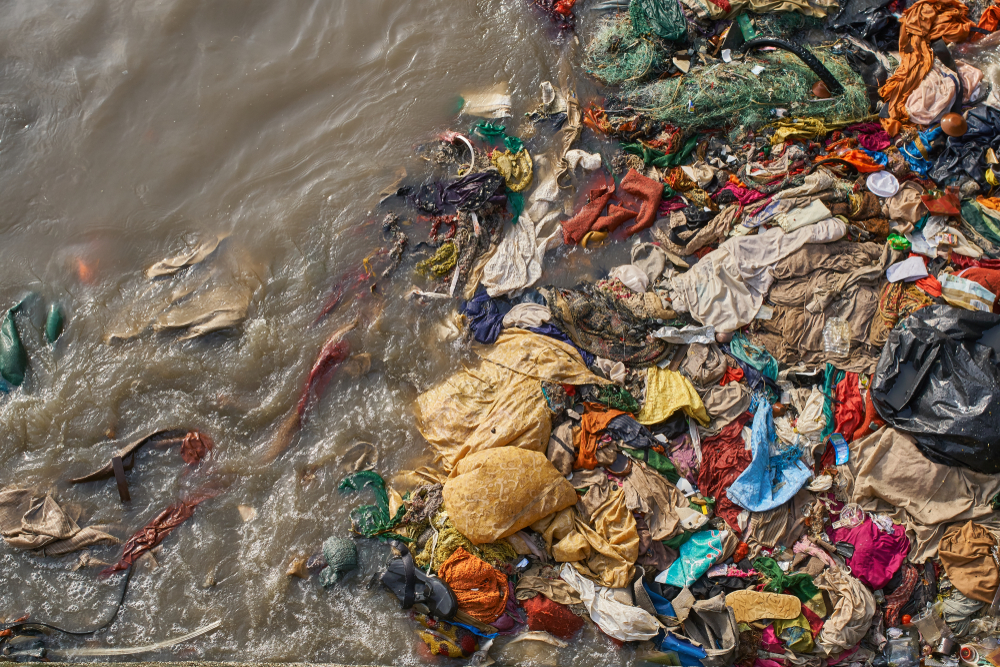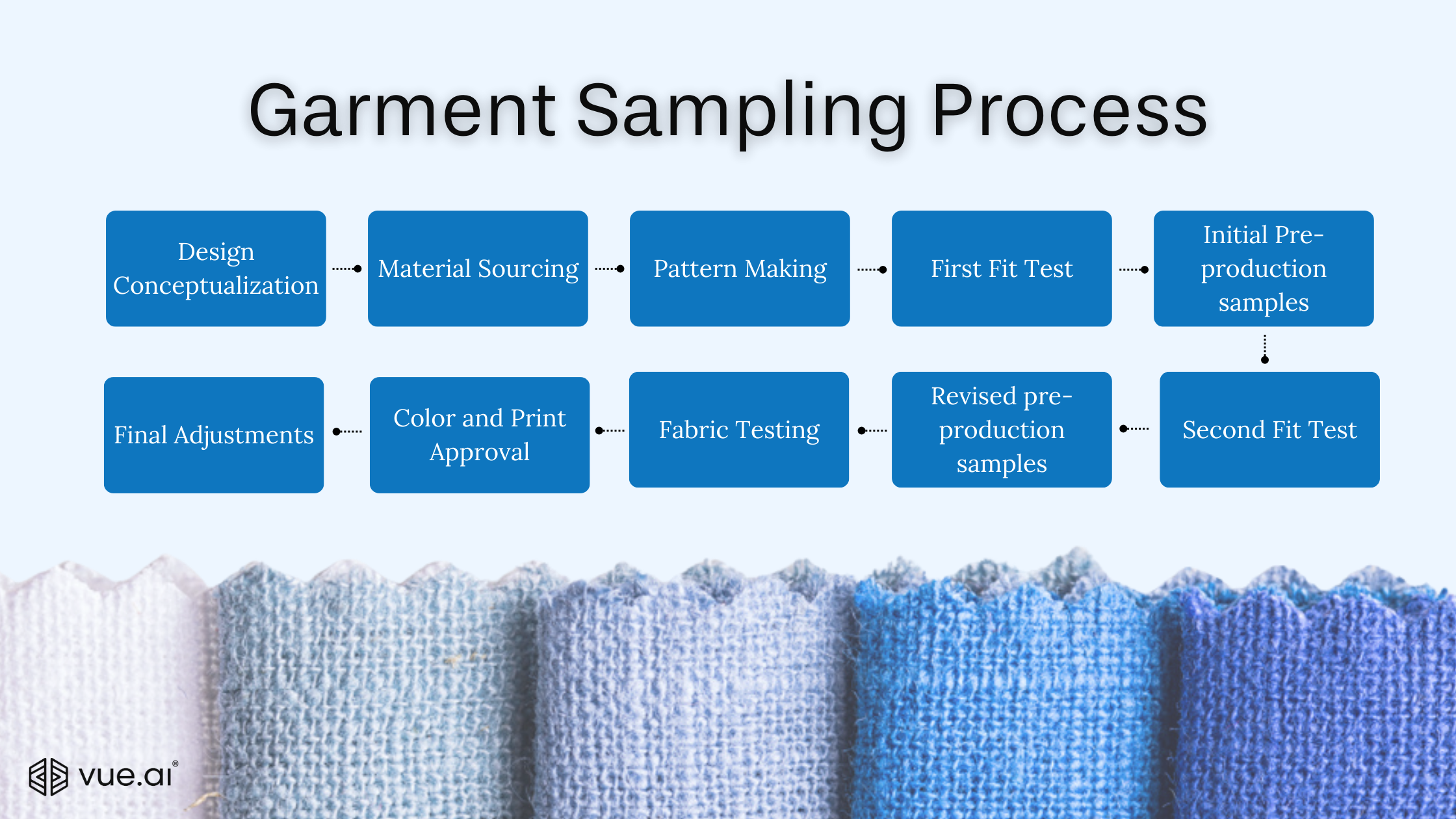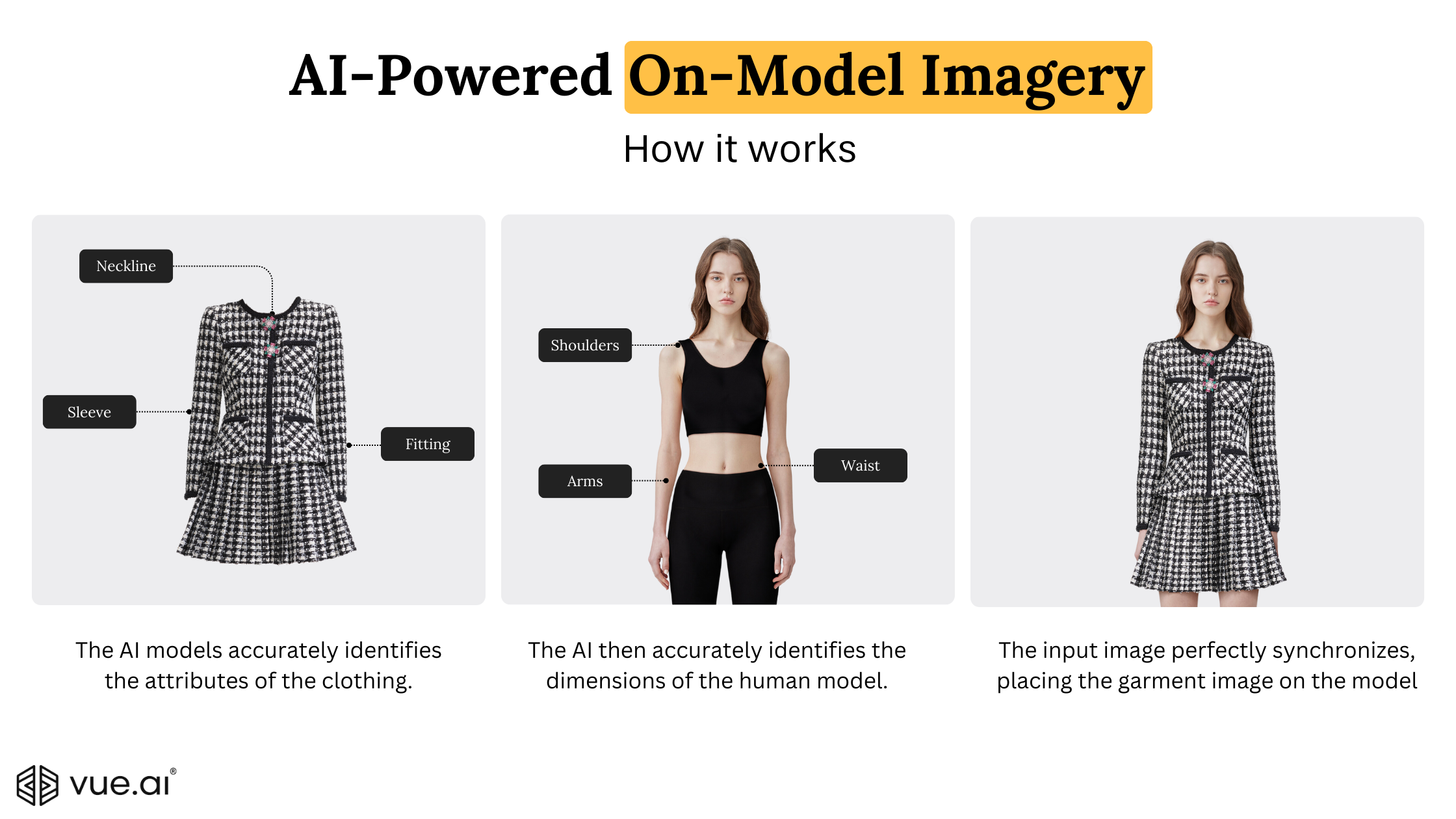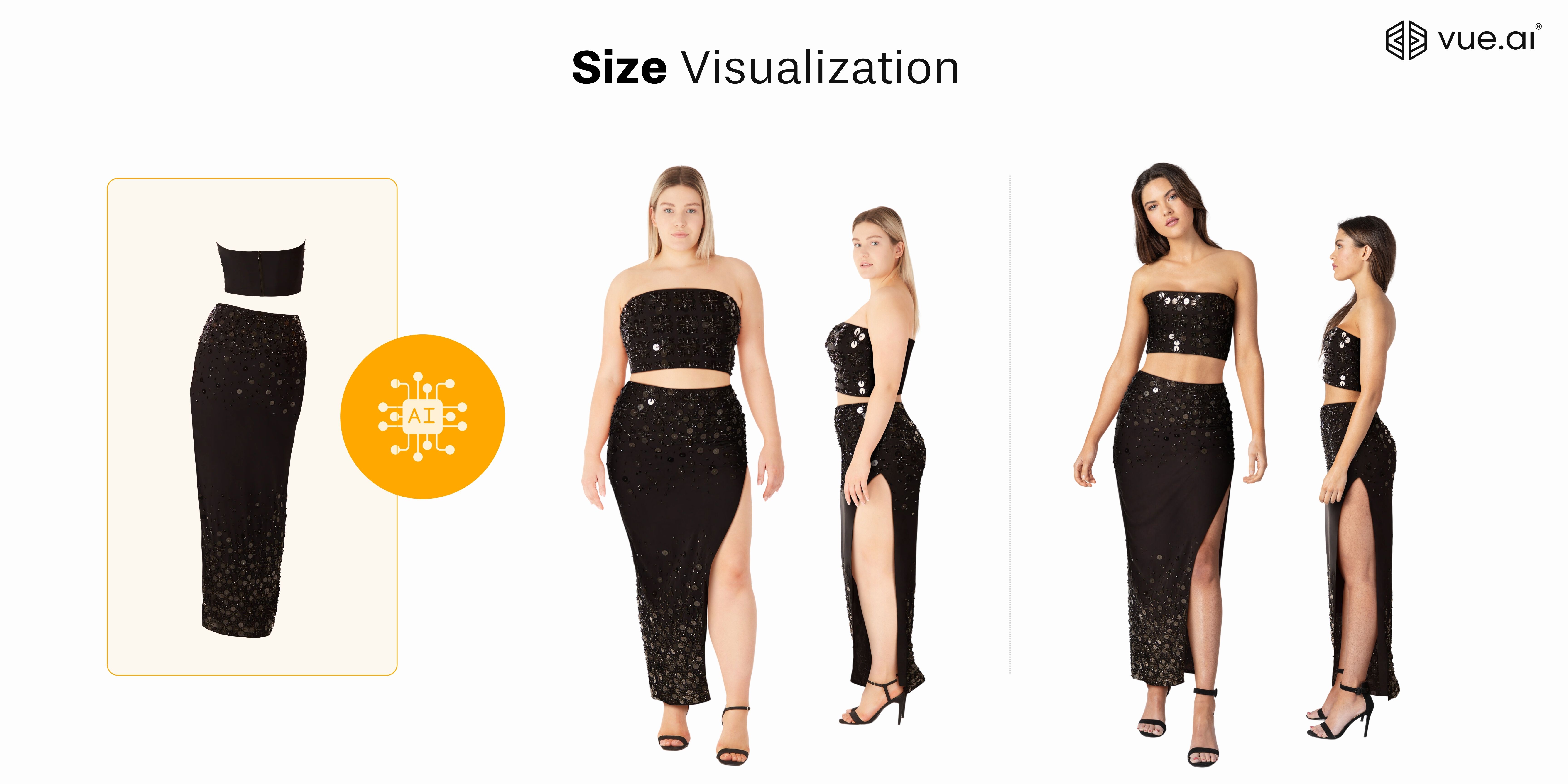How AI Reshapes Fashion Pre-Production in 20244 min read
Reading Time: 3 minutes
Each year, millions of tons of fashion-related waste flood our landfills, leaving a trail of environmental issues. This alarming trend could depend on various factors, including overproduction, the fast fashion culture, changing trends, low-quality materials, unsold inventory, production errors, consumer behavior, or the absence of circular economy initiatives.

According to Gitnux Market data report 2024, there are 92 million tons of fashion-related waste each year, producing half a million tons of microplastics. Additionally, 15% of the fabric used in production is wasted, and a staggering 57% of all discarded clothes end up in landfills. The numbers are never-ending.
Fashion garment production planning could be greatly enhanced by integrating artificial intelligence into the pre-production stage of fashion, potentially reducing costs, minimizing material wastage, and streamlining the time and effort required to bring them to life.
Pre-production stage

The pre-production stage commences with the conceptualization of the design, followed by steps such as patterning, material sourcing, and testing, as illustrated in the picture above. These steps require considerable time for a designer to see their concept materialize on a model. Subsequently, a decision must be made on whether to make further adjustments to the garment or produce additional samples.
The key point conveyed here is that it consumes a significant amount of time, effort, and resources for an idea to progress to the sample stage. Moreover, if a garment is rejected during the testing phase, it results in substantial material wastage across different designs and sizes.
This is where AI can truly shine!
On-Model Fashion Imagery Solution Powered by AI
At Vue.ai, we’ve developed VueModel, an automated on-model imagery solution that empowers eCommerce fashion brands worldwide to create high-quality on-model images for product description pages (PDPs) using AI. The solution accepts various input images, ranging from 3D-rendered garment images to mannequin and ghost mannequin images.
However, VueModel doesn’t just solve the challenge of creating on-model imagery for PDP pages, but also easily integrates into the pre-production stage, before the garment is even born.

The Generative AI models play a significant role in this process by accurately tagging and syncing attribute data. They understand both the human model’s attributes and the garment’s dimensions to perfectly synchronize, enabling a realistic on-model representation of 3D-rendered garments.
Streamlining Garment Sampling Pre-Production Processes
After the designer conceptualizes the design and creates 3D rendered files, they can use the solution to visualize rendered garments on different human models in a digital space.
This enables them to iterate on designs digitally before sourcing materials and creating physical samples, providing a quick preview of the design’s potential outcome, thereby minimizing back-and-forth communication and material wastage.
Empowering Decision-Making Across the Supply Chain
Merchandisers and buyers can leverage this capability to showcase designs on models of different sizes, ethnicities, and even swap colors and styles for better decision-making in production. This not only fits seamlessly into their brand language but also enhances buyer’s buying decision-making processes. Imagine an actual photoshoot of a product that doesn’t even exist – it makes a lot of difference.

Such an approach can be applied in various settings including PDP (Product Detail Page) settings and road shows, aiding in making the right manufacturing decisions. With on-the-board 3D tech, buyers can visualize different styling elements, enabling them to make informed choices and ultimately driving sales.
By using AI into the design conceptualization stage, merchandisers and designers can streamline the entire sampling process more efficiently and in an environmentally friendly manner. This bypassing of other steps not only reduces material waste but also saves valuable time in the production processes.
Moreover, it can significantly reduce costs associated with traditional sampling methods, further enhancing the economic efficiency of the production process.
To learn more about Automated On-Model Fashion Imagery and Vue.ai, click here.
Read related articles:
Reduce Photoshoot Costs: A Retailer’s Guide
Reduce Retail Returns: An AI-Powered Fix
A Better Way of Creating Product Photos: Photoshoot Alternative for Fashion Retail

